So many times I walk into a special education classroom and see that a special education teacher has independent work systems set up. But when I look at the system, I see a number of elements that don’t fit the philosophy behind them.
Sometimes they are missing elements like finished baskets. Occasionally the task is set up right to left instead of left to right. And sometimes they have tasks are not a good fit. This blog post will give you different ways to set up task boxes for special education students.
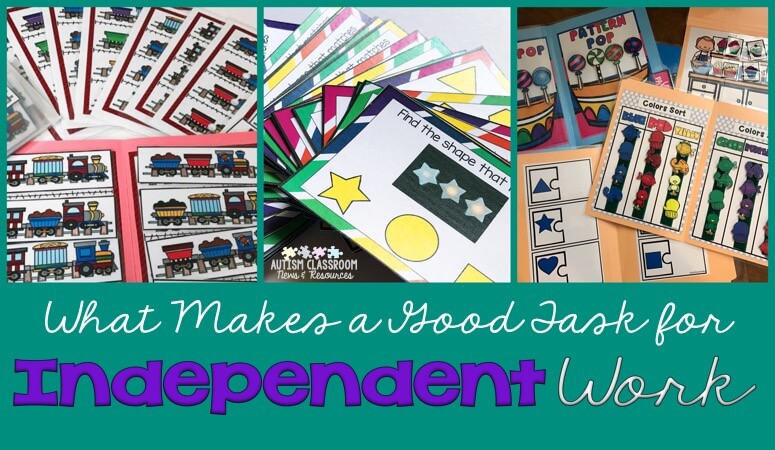
This post includes affiliate links. If you purchase an item through the link, I get a small commission. You get the item at the same price. I would never recommend something I didn’t use and find helpful in classrooms.
Let me stop and say that I love independent work and independent work tasks! If you have been reading this blog for a while, I’m sure that’s not news. I like them so much, I wrote a book about them. Our students spend so much time with people giving them direct instruction and supervision that learning to work on their own is such a critical skill. So when I see a work task system that is not set up to focus on the teaching of independence, I worry. You can read more about setting up systems here and more things you need to know in this post.
Not sure what independent work systems are? Read this post.
5 Elements You Must Have for Independent Task Boxes for Special Education Students

So what makes a good independent task boxes for special education students? Some of these elements (the first 3) are based on the original conception of structured work systems from TEACCH. Some are elements that I look for in creating the tasks to make them most useful.
1. Mastered Tasks
To some this seems evident, but it is the most common problem I see. There are several reason why tasks have to be independent skills that the student has mastered.
First, we are not teaching the student to do the tasks in the system. We are teaching the students to work on their own. Let’s say the student can’t count with 1-1 correspondence and we give him a task that requires it. Does he not finish the work system because he got stuck with 1-1 correspondence or because he was waiting for a prompt?
In short, if you want someone to do something independently, the independent tasks have to be something they have shown they are able to do. Otherwise you can’t tell whether the task is the problem or being dependent on prompts is.
2. Clear Beginning and End
Students need to clearly understand what work is expected to be completed. If you can’t tell when a task is finished, how do you know when to put it away? Similarly, many of our students get overwhelmed when they are presented with tasks. Having a clear beginning and end helps them see what work is expected and makes it easier to start the work task boxes.
To make the expectations clear, there are a few things you can do and a few things tasks need to be built with.
- Only include pieces of the task you expect the student to finish. If you want them to sort 10 items, don’t put 20 in the box and expect them to know it.
- Make sure that the number of pieces of tasks (like a matching task) are the number needed to complete the tasks. Too few pieces and the student gets frustrated. Too many pieces and he isn’t sure what to do with the extra pieces.
File folders, puzzles, and worksheets (along with other visual motor tasks) are good fits for the systems. Writing essays (without clear guidelines of length), verbal tasks, and computer-based tasks that have no specific ending are not good options.
3. Designed to Stay Together
This is important for two reasons. First, if tasks fall apart, students will want to put it back together. Remember that we don’t want the students to take their work apart. It’s demoralizing to have to undo work you worked hard to do. It’s also the opposite of what we are trying to teach. If a worker filled up the salt shakers in a restaurant, we wouldn’t ask him to empty them all right afterwards. Similarly, if he did a math worksheet in a general ed. class, we wouldn’t want him to erase his answers.
Second, we want to be able to check their work. Ever have that student who just puts pieces on a file folder, folds it up and says it’s done? Yea, me too. Being able to check their work is a great way to avoid this. As students get more proficient at using the system, a perfect way to expand their skills is to require them to raise their hand and have their work checked before getting the reinforcer. The good news is, this allows you to catch those slick kiddos who just looked like their work is complete.
4. Easily Differentiated
This one isn’t necessarily a TEACCH issue, but when looking for tasks that will last and meet the most needs, I like to find one that are easy to adjust for use with different students. Task cards are a great example. I can give the student as many (or particular ones) as they can do, but not more. So one student gets 20 cards and one gets 5. Similarly, maybe one gets the task cards for squares only (since that’s as far as you have gotten) and other students get squares, triangles and rectangles.
File folders can be made in pieces. If you have a student who can’t sort all the shapes, make a folder with just one side of the shapes, so it only has square, triangle and circle.
Use mats instead of file folders. Instead of making all the pages into file folders, make some as mats. Then you can switch them up and give more items to match or less. The trains in my Detail Discrimination tasks are a good example for a task box system.
5. Visual and Engaging
Finally, it helps to have task boxes for special education students that are visual and interesting. Students are more likely to engage with task box activities that they find interesting, so incorporate special interests. You can see some examples in this post. It’s also helpful to capitalize on the fact that many of our students have strengths in visual discrimination. Use that strength to have them practice a variety of other skills.
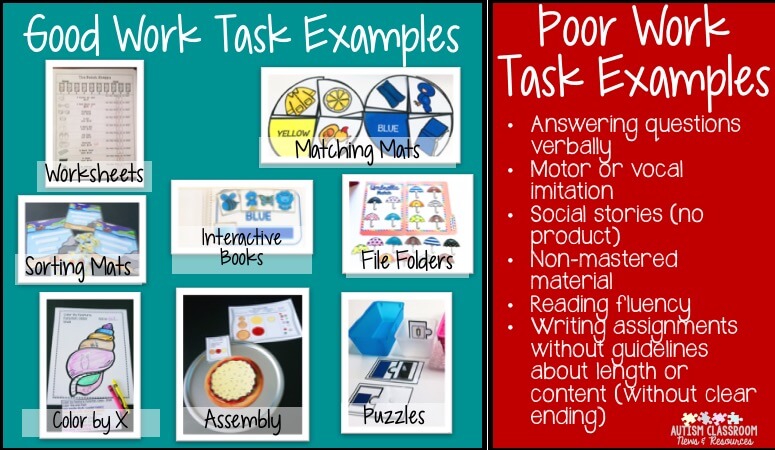
Obviously having tasks that are age-appropriate is important as well and I’ll tackle that in a future post. In the meantime, if you are looking for work boxes designed specifically for independent work systems, check out the ones below in my Teachers Pay Teachers store.

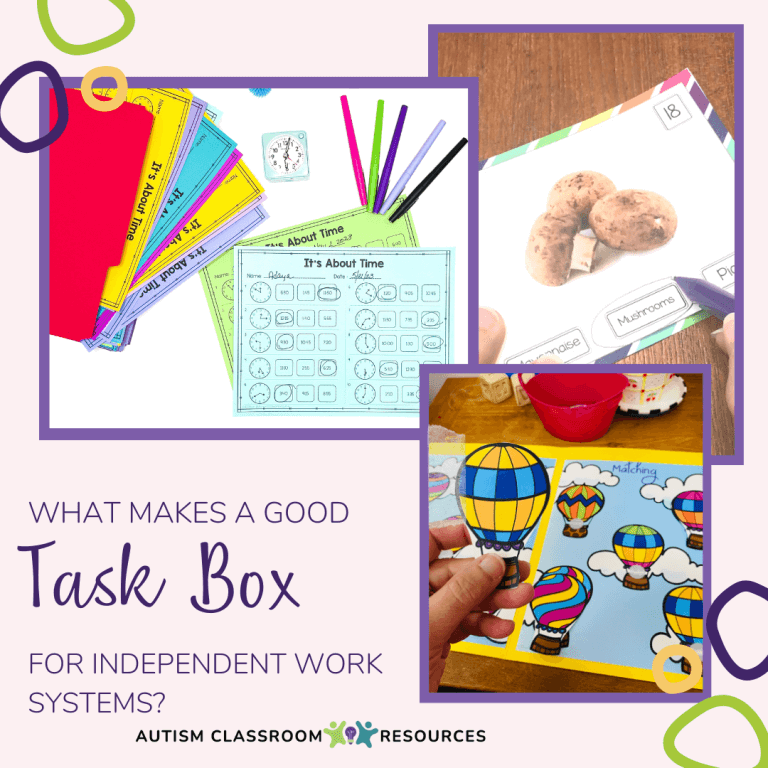
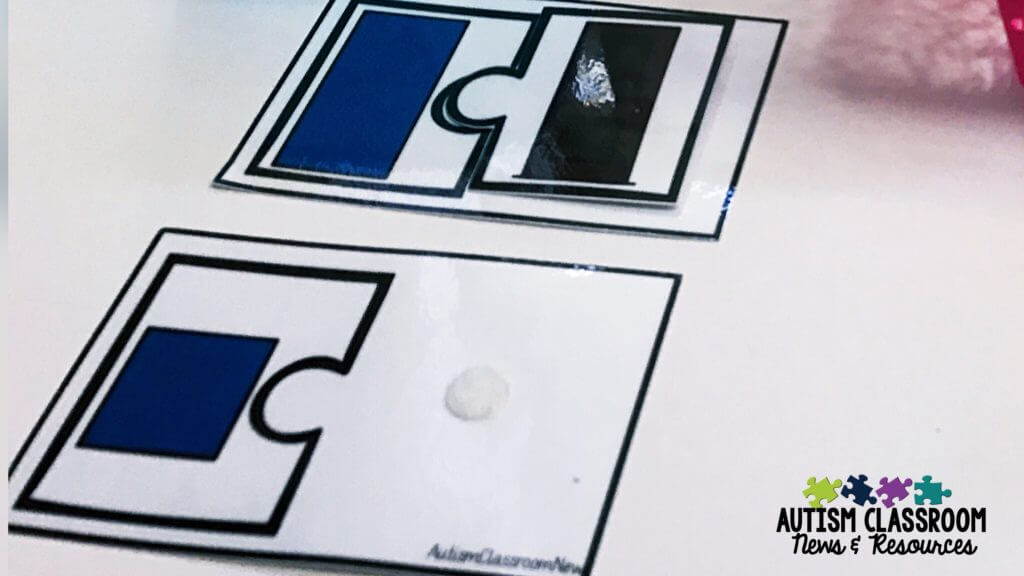

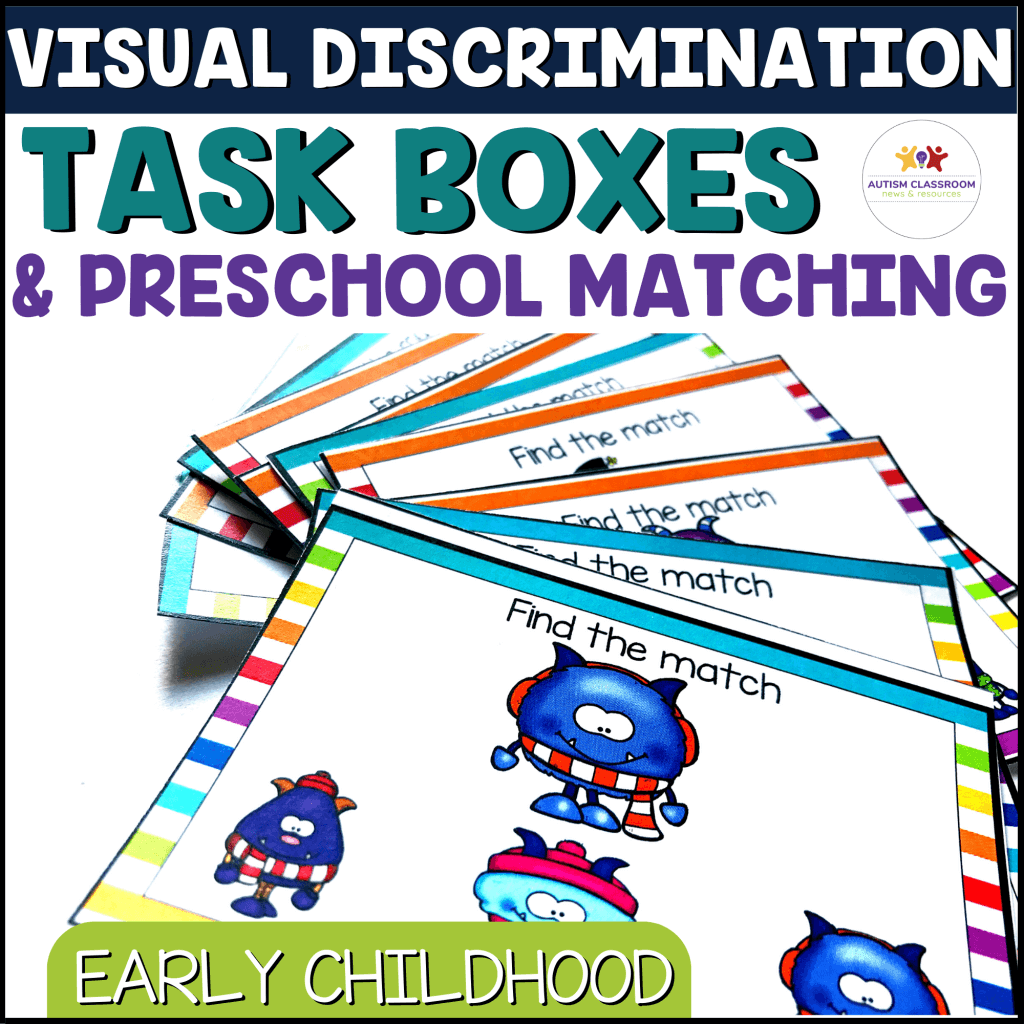
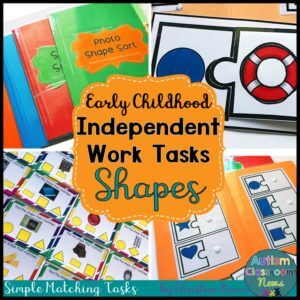

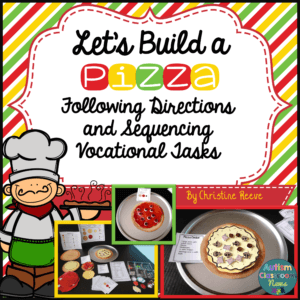
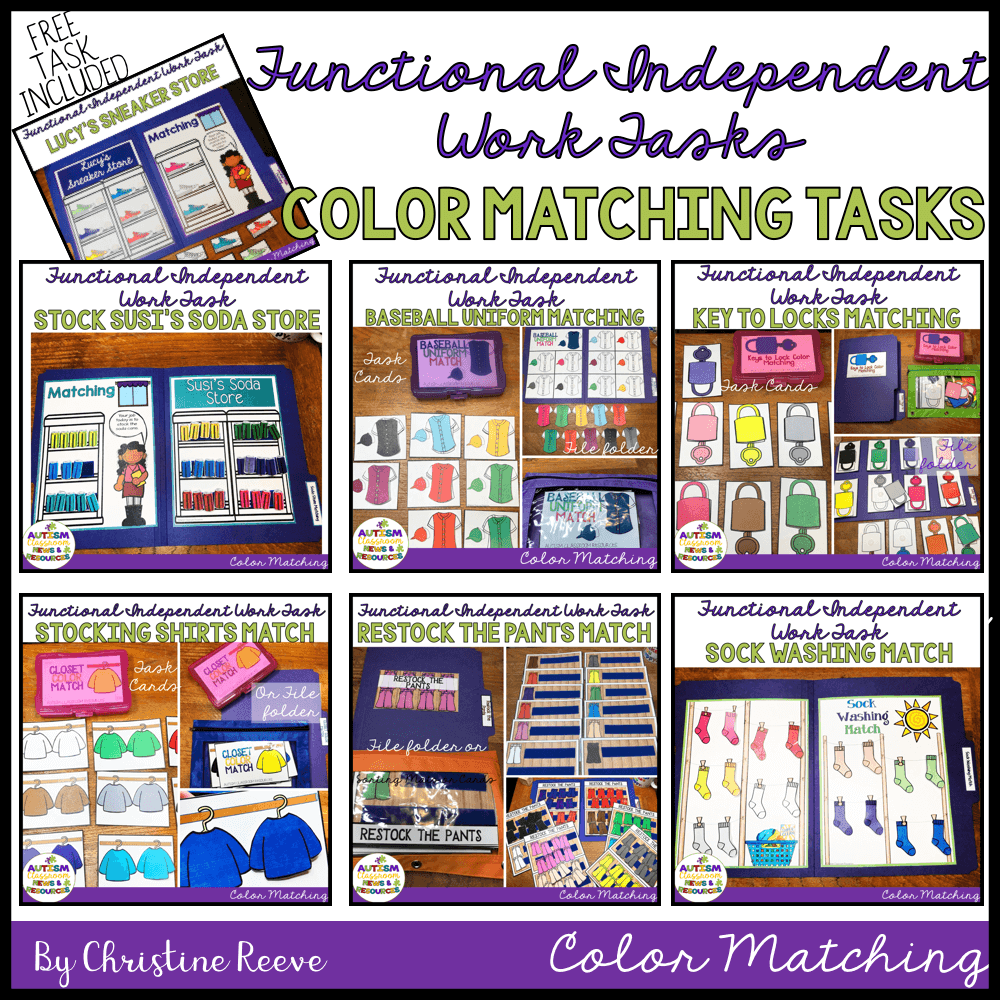
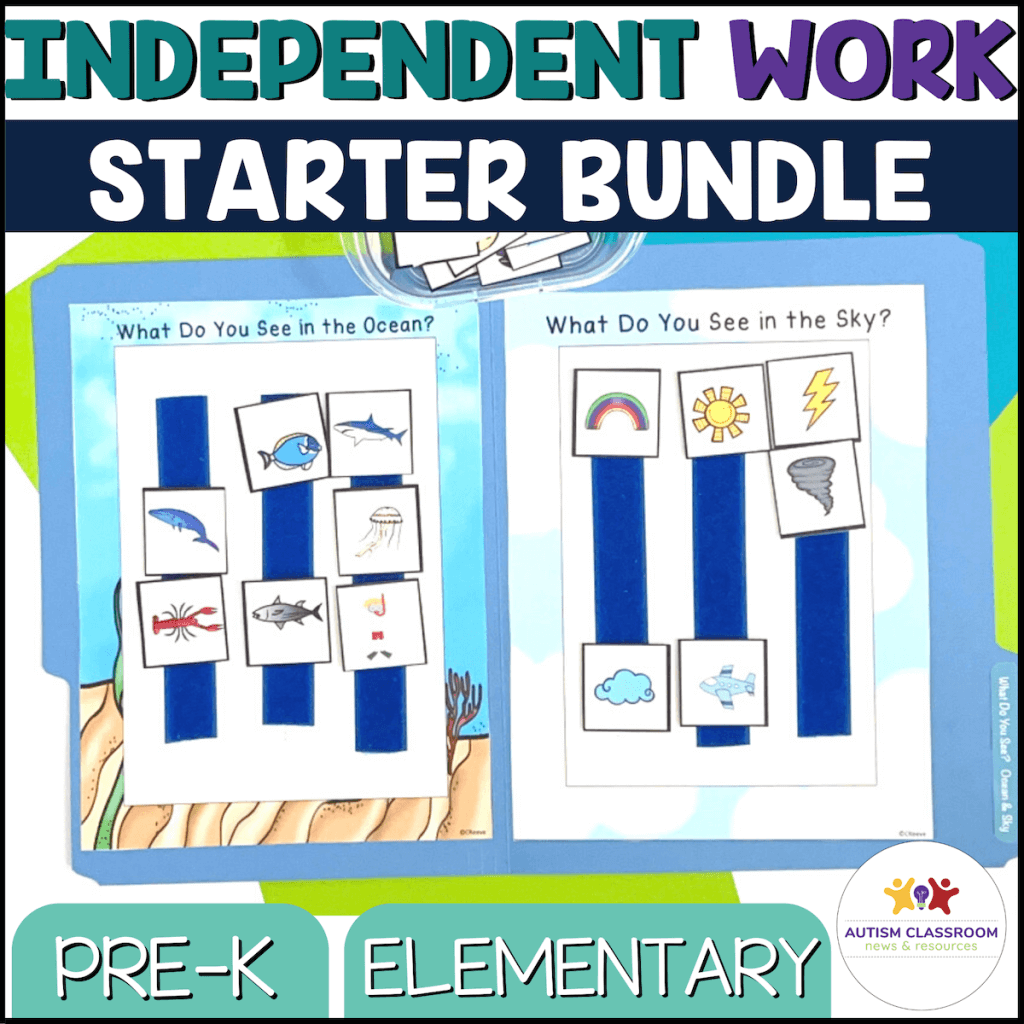


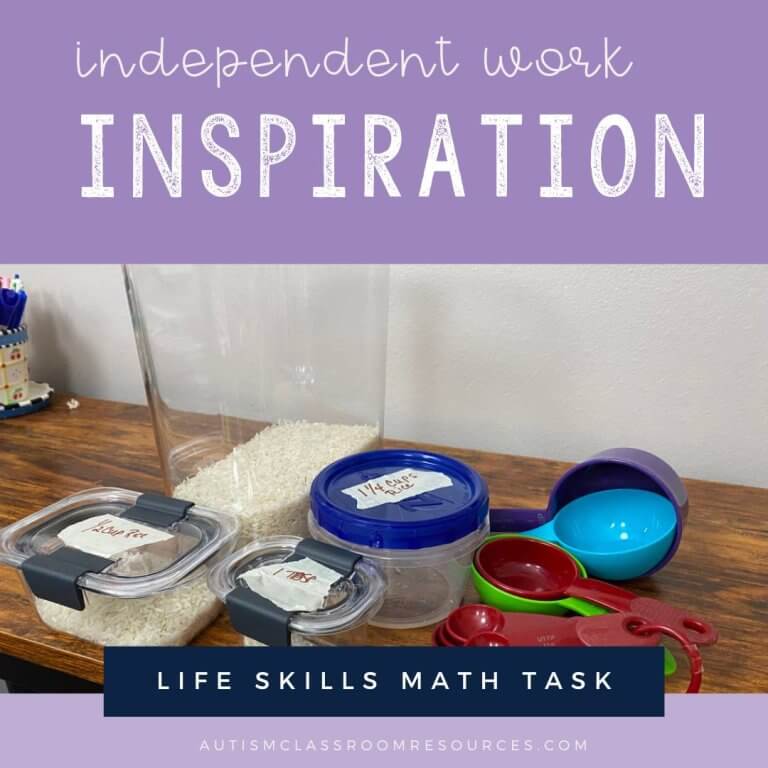
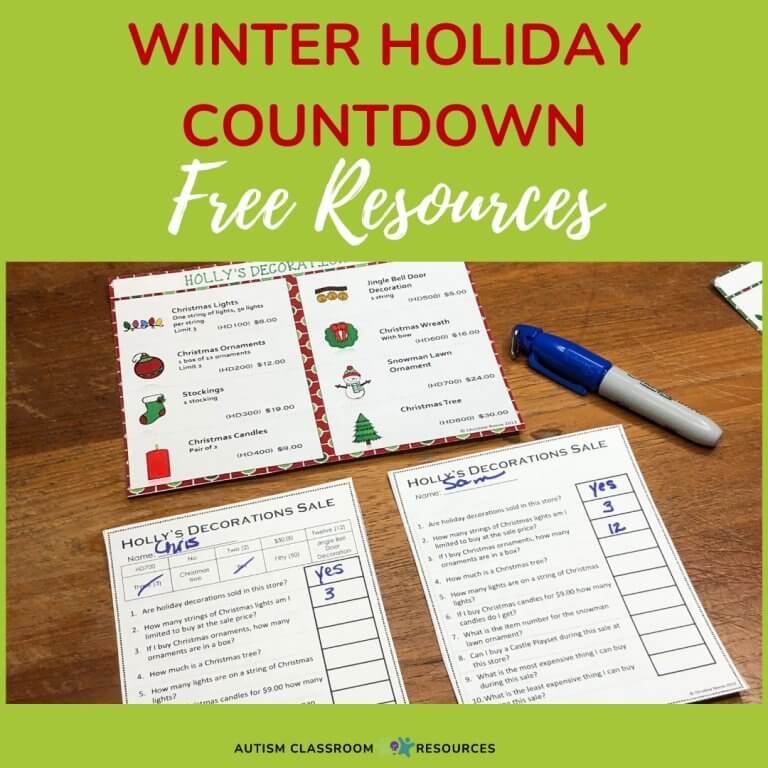
![Independent Work-3 Ways It can Become Your Best Classroom Management Tool [A sorting task in a shoebox to sort nouns from verbs on popsicle sticks into plastic cups]](https://autismclassroomresources.com/wp-content/uploads/2023/06/BLOG-22208-3-Ways-Task-Boxes-and-IW-Help-Classroom-Management-2-768x644.jpg)
